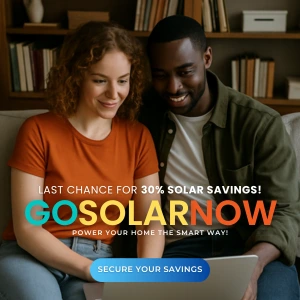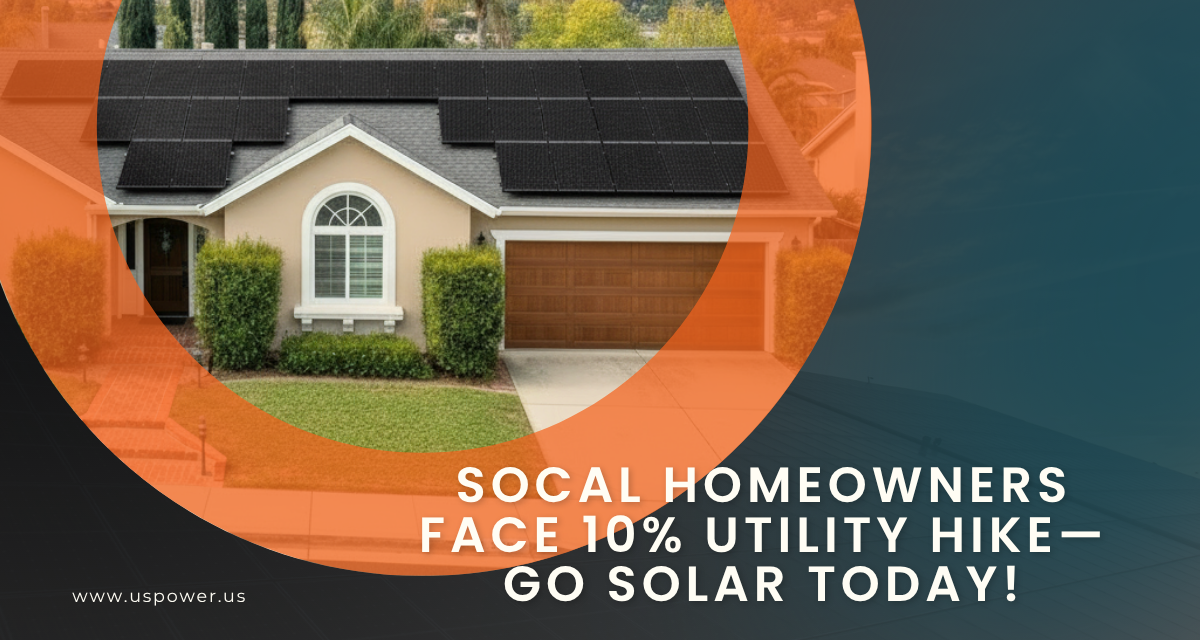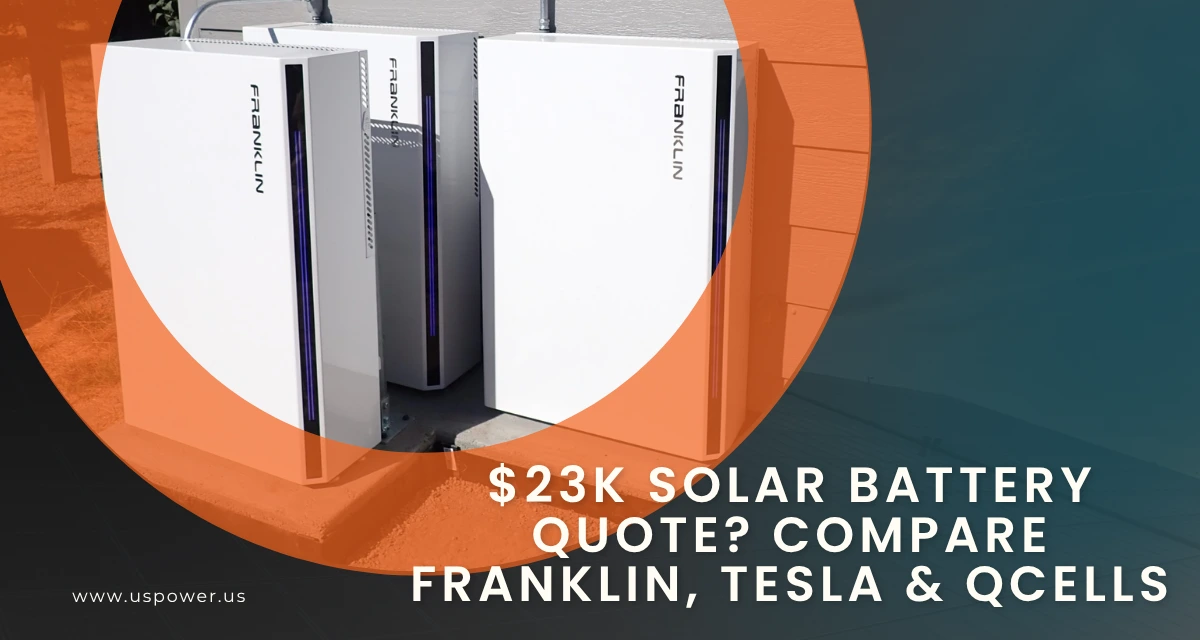Should You Buy or Lease Your Solar Panels in 2025? (Updated)

Solar and Roofing Advisor
Learn the best way to go solar: Buying solar panels delivers the greatest long-term savings, while leasing offers a low-cost, low-maintenance alternative.
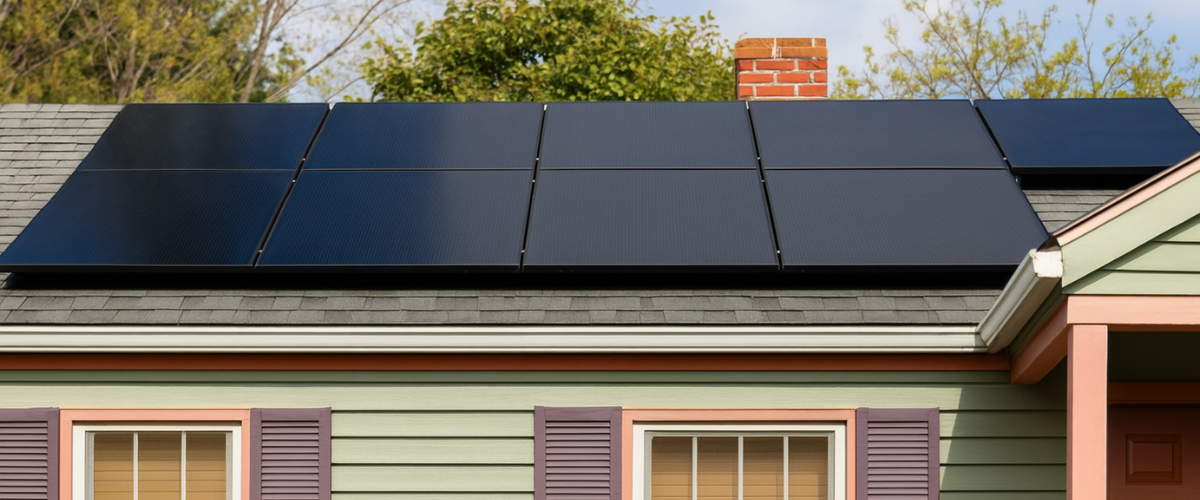
Solar is still surging in 2025, but the rules of the game just changed. On July 4, 2025, President Trump signed the “One Big Beautiful Bill Act,” a sweeping law that accelerates the phase‑out of clean‑energy incentives and eliminates the 30 % federal tax credit for leased residential systems starting this year. Homeowners now have a narrower window—credits for purchased systems begin winding down in 2026 and disappear after 2028—to lock in the biggest savings. In this guide, we unpack how the new law reshapes the buy‑vs‑lease math and outline the fresh pros and cons so you can choose the smartest path to solar ownership in the post‑OBBB era.
Why This Question Matters in 2025
- Tax rules just shifted. the residential 30% tax credit for systems owned (cash/loan) remains available only through December 31, 2025; meanwhile, credits for leased systems are eliminated immediately.
- Electricity prices keep climbing. California’s average residential rate is up 31 % since 2022, and other states are following suit.
- Solar tech prices have leveled off. The steep cost drops of the 2010s have slowed, so financing choices now drive the bulk of your savings.
Quick‑Look Comparison
| Factor | Buying | Leasing / PPA |
|---|---|---|
| Up‑Front Cost | High (cash or loan) | Low to none |
| 2025 Federal Tax Credit | Yes (30 %) | No |
| Ownership | You | Third party |
| Maintenance | Your responsibility | Provider handles it |
| Monthly Payment | Loan payment (ends) | Lease payment (often escalates) |
| Lifetime Savings* | $47k–$65k (typical CA 6 kW system) | $15k–$25k |
| Home Resale Value | +3 %–4 % | Small or none (buyers must assume lease) |
*Estimates assume 3 %/yr utility inflation and 25‑year panel life.
Purchasing vs. Financing: Pros and Cons
Buying
Pros
- Keeps every incentive: 30 % federal ITC + state rebates
- Bigger net savings: You keep 100 % of bill offsets
- Adds home value & speeds resale
- Energy independence: Pair with a battery and skip peak‑rate headaches
Cons
- Cash needed up front (typical net cost after credit ≈ $20,650 for a 6 kW system)
- You pay for repairs (though panel warranties now run 25‑30 yrs)
Leasing / Power‑Purchase Agreement (PPA)
Pros
- $0–$1,000 down options common
- Hands‑off: Provider monitors, insures, and repairs
- Predictable bill: Fixed or gently escalating payment schedule
Cons
- No federal tax credit after 2025 bill
- Smaller lifetime savings (provider keeps incentives)
- Escalator clauses can outpace utility inflation
- Harder resale: Buyers must qualify for and accept the lease
2025 Policy Snapshot
| Policy Change | Impact on Buyers | Impact on Lessees |
|---|---|---|
| Credit sunset moves to 2028 | Encourages earlier installs | Same deadline, but credit removed |
| Credit removed for leased systems | N/A | Adds ~30 % to net cost |
| Stricter project timelines | Faster install = better ITC timing | Delays hurt lease economics |
Decision Checklist
- How long will you live here?
- ≥ 7 years: Buying almost always wins.
- < 7 years: Lease or PPA can make sense if cash is tight.
- Can you tap low‑interest financing?
- Home‑equity or solar‑specific loans at < 5 % APR tip the scales toward ownership.
- Comfort with maintenance?
- Modern panels rarely fail (< 0.05 %/yr), but roof work is on you if you own.
- Do you want a battery?
- Bundling a battery with an owned system maximizes backup power and peak‑rate savings.
Pro Tip: Don’t Ignore Escalator Clauses
Lease payments that rise 2–3 % per year can erase up to 40 % of projected savings by year 20. Always compare the escalator to your utility’s historic rate hikes.
Bottom Line for 2025
- Buy if you can cover (or finance) the upfront cost and plan to stay put.
- Lease if cash flow is your only barrier and you’re comfortable with smaller long‑term gains.
Either way, pick a solar installer that explains every line of the contract—especially post‑2025 tax credit rules.
Get Expert, No‑Pressure Advice from US Power
In 2025, the decision to buy or lease solar panels comes down to your long-term goals, budget, and how recent policy changes may impact your investment. Buying offers greater long-term savings and full ownership benefits, while leasing provides a low-commitment, maintenance-free path to solar energy.
At US Power, we’re here to guide you every step of the way. Whether you're leaning toward ownership or considering a lease, our solar experts will help you find the most cost-effective solution for your home. We’ll run the numbers for buying vs. leasing, explain every incentive, and handle paperwork from permit to PTO.
Ready to go solar? For a detailed comparison and to explore your options further, Book a schedule with our consultant: Book Here!
Related Articles
Our Related Blogs
Avoid SCE’s 10% rate hike with solar savings with US Power and Qcells Technology.
Is $23K a fair price for a home battery? compare quotes and incentives in SoCal.
Secure your solar system by Dec 31, 2025, to lock in the full 30% tax credit.
Our Solar and Roof Brand Partners








We empower communities and businesses to harness clean, renewable solar energy solutions that drive sustainable growth.
Ready to Own Your Power? Call us today!
818-650-8010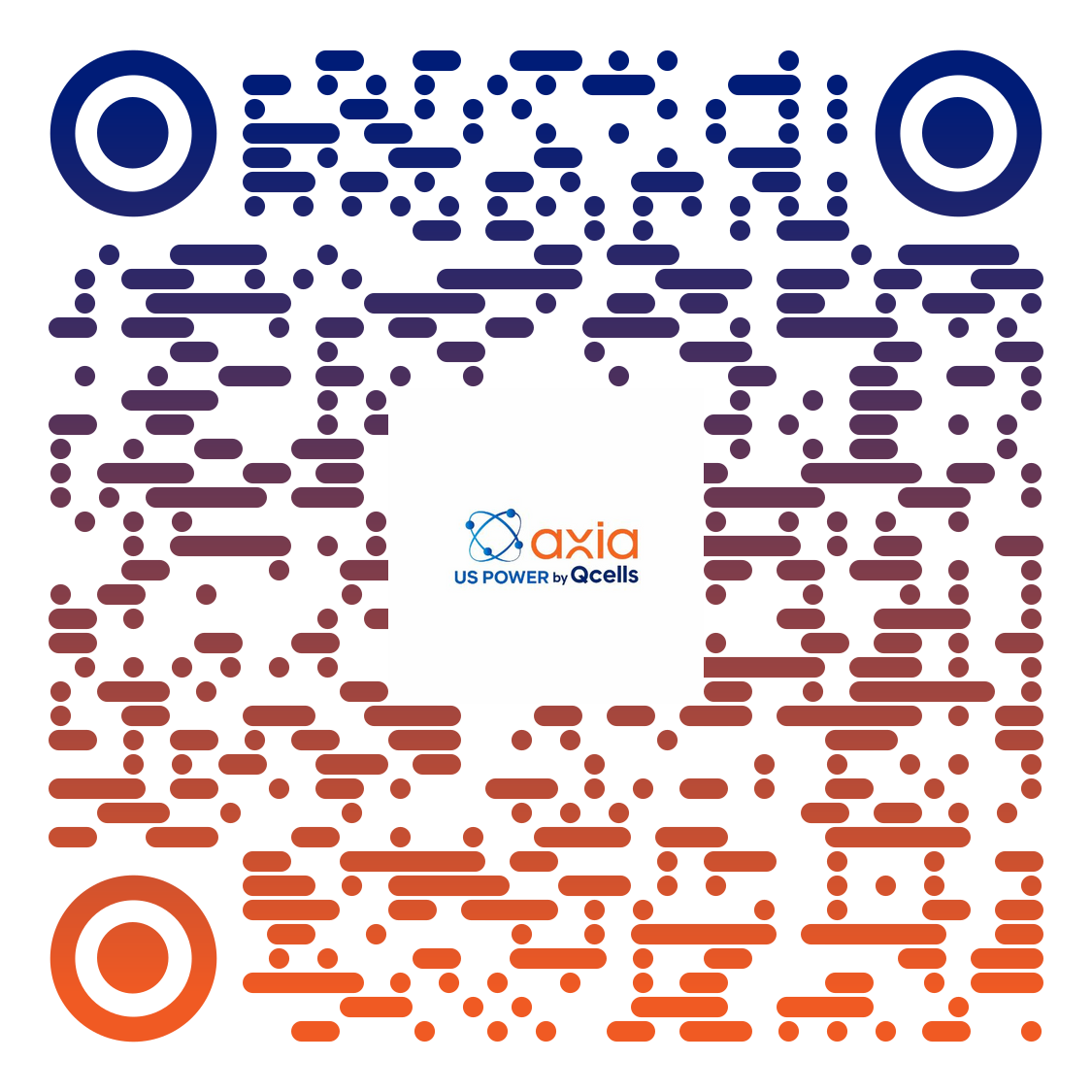
Copyright © 2025 US Power - Axia by QCells. All Rights Reserved.
Privacy is important to us, so you have the option of disabling certain types of storage that may not be necessary for the basic functioning of the website. Blocking categories may impact your experience on the website.
Essential
These items are required to enable basic website functionality.
Personalization
These items allow the website to remember choices you make (such as your user name, language, or the region you are in) and provide enhanced, more personal features.
Marketing
These items are used to deliver advertising that is more relevant to you and your interests.
Analytics
These items help the website operator understand how its website performs, how visitors interact with the site, and whether there may be technical issues.
We and our third-party partners use cookies and other technologies to enhance and track your experience on this site, conduct analytics, and personalize marketing to you. By using the site, you agree to our use of these technologies, including recording and monitoring your interactions with the site.
Get an instant solar estimate using satellite!

